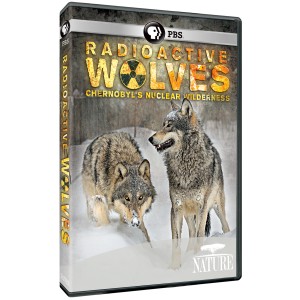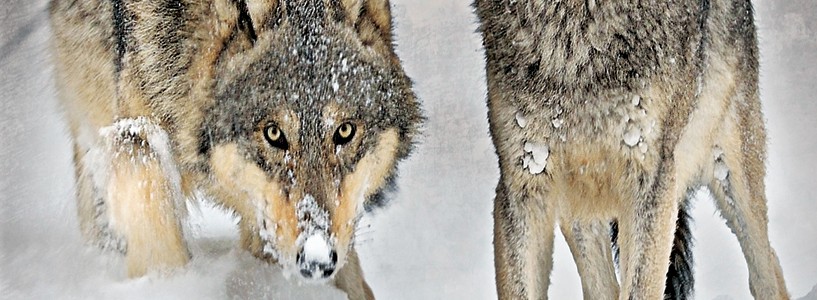The legacy of Chernobyl: ‘Radioactive Wolves’ in a nuclear wilderness

It’s fascinating to think that habitats can thrive once humans remove themselves from the equation of everyday life. Such is the case with Chernobyl, the area of modern-day Belarus and the Ukraine that endured the worst nuclear disaster in history. When the radioactive fallout was unleashed in the late 1980s, the humans who had survived moved away from the “dead zone,” and the former Soviet Union shut off all access to the damaged area.
But their official blockades didn’t stop the animals from multiplying and finding a new home in this tortured land. Radioactive Wolves: Chernobyl’s Nuclear Wilderness, a 60-minute Nature program from PBS, investigates how the wolf has made a remarkable resurgence amidst all the decay.
The documentary is informative and engaging, although its title is somewhat deceptive. The program is concerned with all of the wildlife that has blossomed in the intervening years, not just wolves. As much time is given to the varied bird populations and beaver dams as is given to the packs of wolves that lope around the deserted forest.
Researchers — no doubt taking a risk by spending time in Chernobyl — investigate how perfect or imperfect this new Eden has become. With many of the species freed from predation and poachers, reproduction levels are healthy. But the reality of the nuclear fallout still persists. At one point in the documentary, scientists covered their mouths with masks because ingestion of a wolf’s hair would mean almost definite poison.
The wildlife factor makes for great television, but simply seeing footage from inside this storied place is interesting enough. The abandoned cities and seemingly picturesque landscapes look like Wild Wild West towns that have been left in the dust. One shot shows dolls left in a house, almost as if the parents pulled their children away from the pending calamity. There is clear evidence of altered lives and eerie memories.
Harry Smith’s narration is nicely explanatory, and Klaus Feichtenberger directs the TV special with an expert eye. His access is all-encompassing. Besides training his lens on bison, beavers and falcons, he also focuses on scientists who capture one of the contaminated wolves and their efforts to put a GPS device around its neck. When the wolf is lying on the ground, its tongue hanging out of its mouth, it’s hard to hold back an emotional response. The wolf packs are thriving, but their playground is the result of gargantuan human error. They are making due in a place not fit for humans.
Radioactive Wolves, which is now available on DVD, could certainly be expanded. Chernobyl beckons inspection and further study. One facet that is largely missing from the 60-minute running time is the legend that surrounds these wolves. Obviously, some skeptics will believe these are mega-wolves with glowing green eyes, ready to take down anything that cross their path.
The reality is much simpler: They are making the best of a bad situation.
By John Soltes / Publisher / John@HollywoodSoapbox.com
-
Radioactive Wolves: Chernobyl’s Nuclear Wilderness
-
A Nature program on PBS
-
Narrated by Harry Smith
-
Written and directed by Klaus Feichtenberger
-
Running time: 60 minutes
-
Rating:





